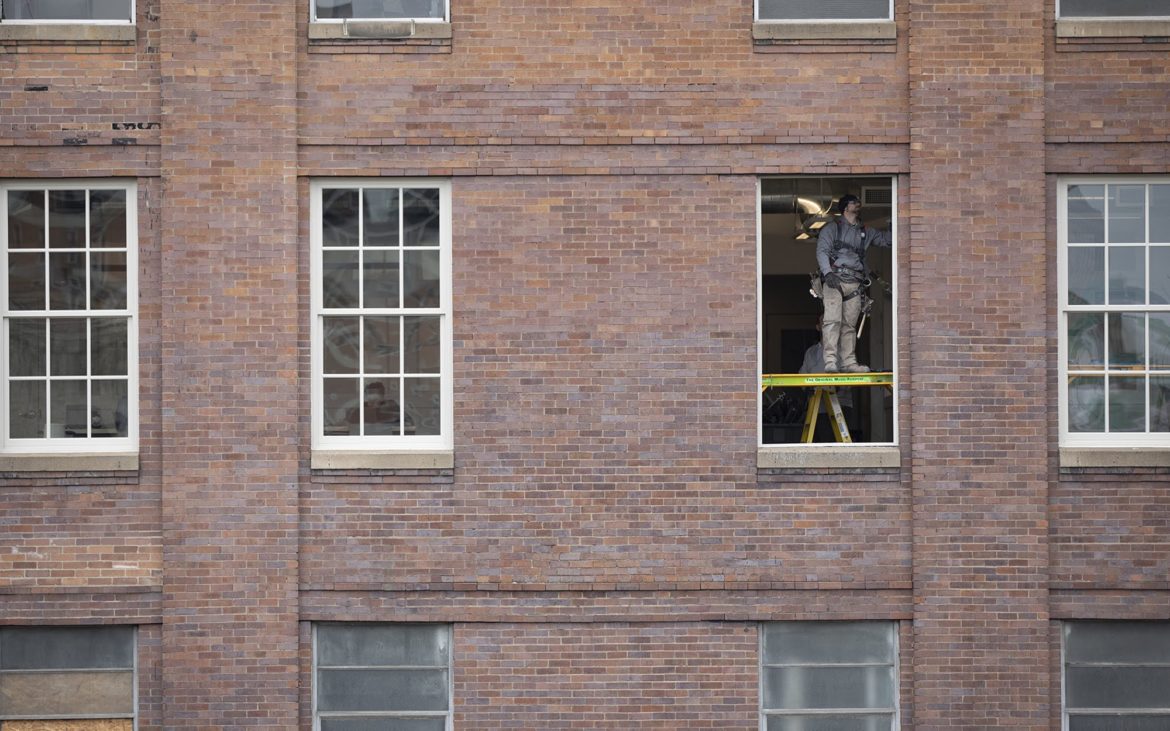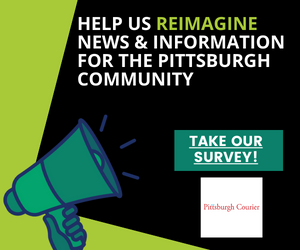|

But these studies are generally designed to measure the return on public subsidies for larger projects, according to Sabina Deitrick from Pitt’s University Center for Social and Urban Research. Alternatively, the impact of private projects is determined through the developer’s own market research.
“They’re looking to make money; that’s pretty much the game there,” said Deitrick, director of the center’s urban and regional analysis program.
When trying to measure more nuanced effects of publicly subsidized development, “the tools are pretty limited,” said Greg Lagana, director of projects at the Center for Economic Development at Carnegie Mellon University.
“A proper way to think about [it] is, ‘For who?’ What segments of the population are we talking about?” Lagana said. “Not only the middle-class, well-off folks, but also people who were living here in the first place versus people coming to town for new opportunities.”
The question of who is benefiting from development is one government officials, developers and neighborhood leaders grapple with as new construction drives change in Pittsburgh.
In 2017, Mayor Bill Peduto’s administration, with help from the RAND Corporation, developed the ONE PGH initiative, a sweeping set of strategies and goals to guide policy decisions in the region. One through line in the document is “equitable development,” a policy goal also outlined in the 2016 “All-in Pittsburgh” report.
PublicSource reached out to Mayor Bill Peduto and city planning director Ray Gastil. Neither was available to comment for this story.

Presley Gillespie, president of Neighborhood Allies, a nonprofit involved in the “All-in Pittsburgh” report, said the region has a long way to go to make equitable development the default way of doing business.
“One of the long-term goals that we have is changing the ways developers approach deals in communities,” Gillespie said. “Having developers understand the benefit of implementing transformative projects rather than transactional projects.”Presley Gillespie, president of Neighborhood Allies, a nonprofit involved in the “All-in Pittsburgh” report, said the region has a long way to go to make equitable development the default way of doing business.
READ ENTIRE STORY AT:
https://www.publicsource.org/how-can-we-tell-if-development-benefits-the-community-it-depends-on-who-you-ask/
